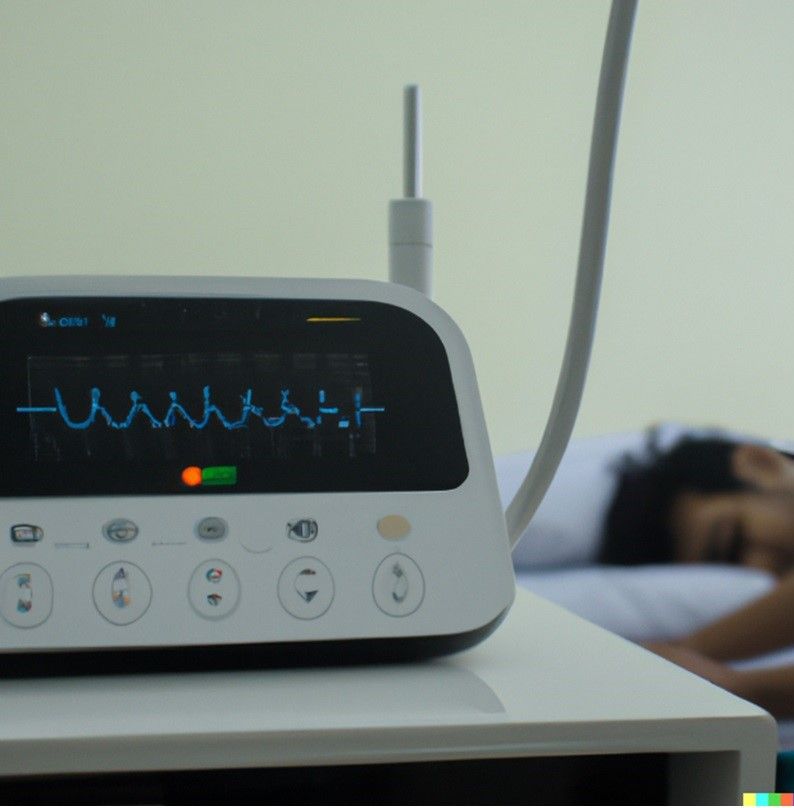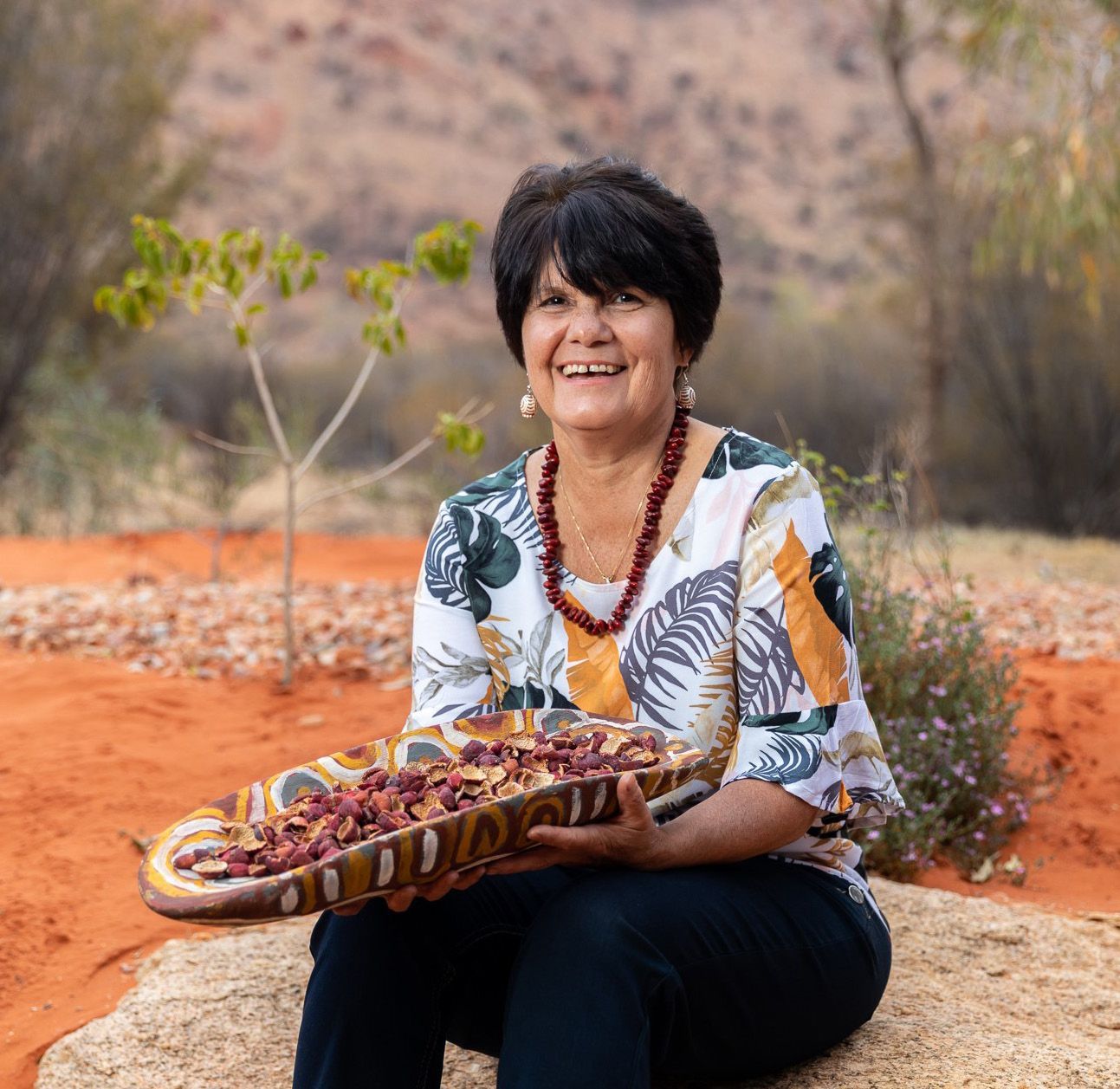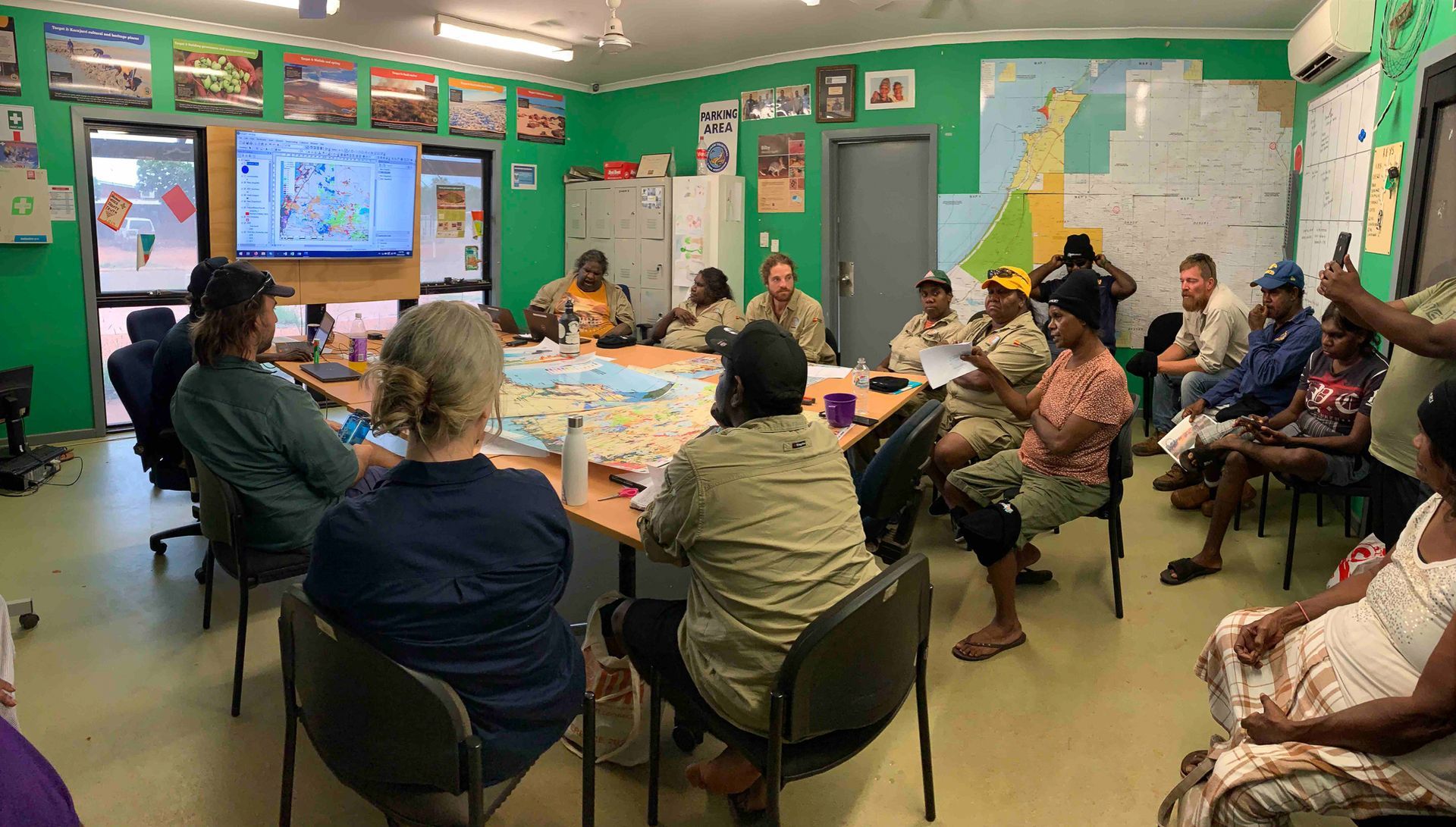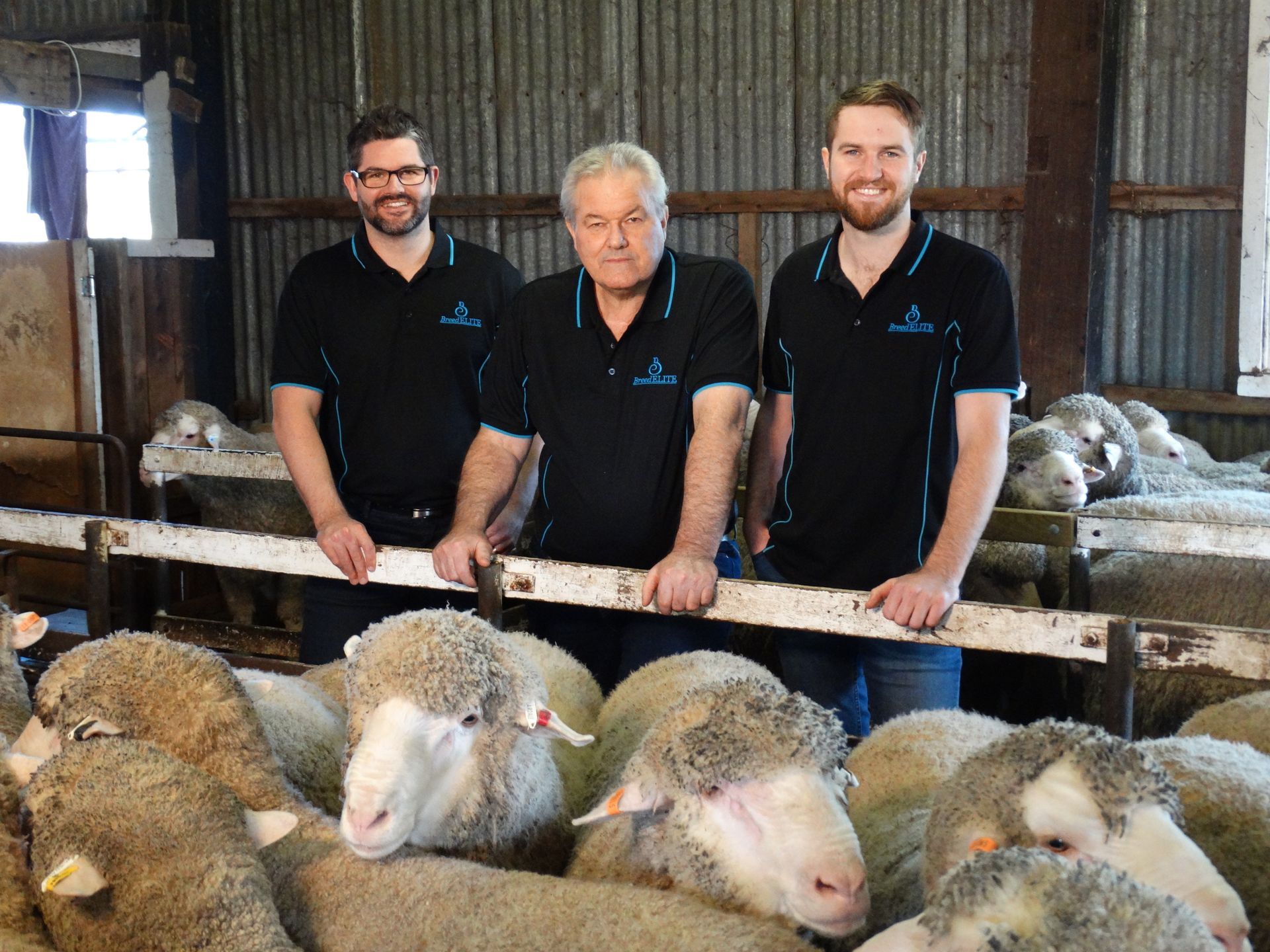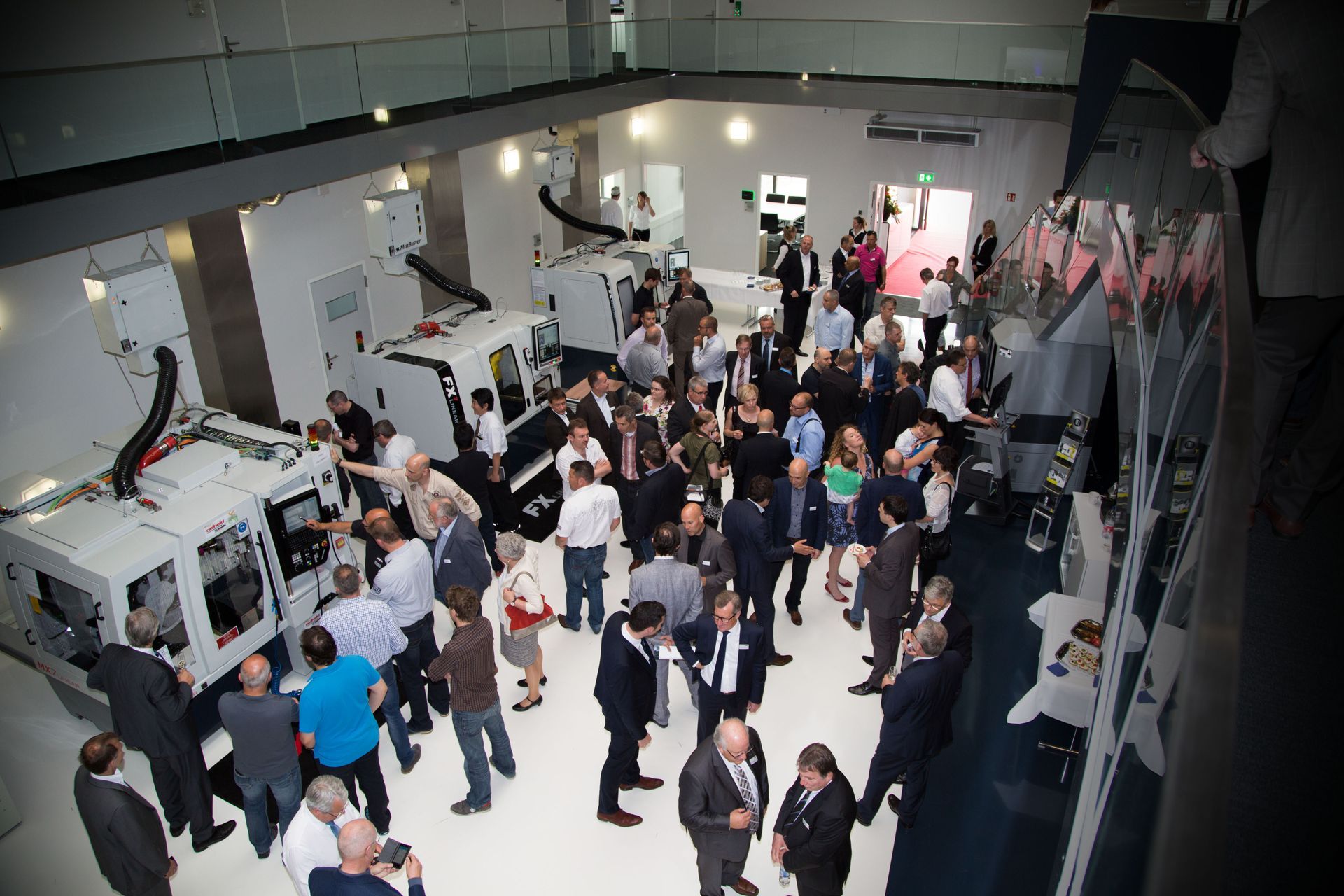Blog Layout
Ultra-fine x-rays to boost brain cancer survival rates
Elizabeth Gracie

Scientists from the University of Wollongong’s Centre for Medical Radiation Physics have developed a world-first microbeam radiation therapy technique that will allow doctors to target brain cancer cells with extreme precision.
According to the University of Wollongong, the breakthrough study is the first long term Australian microbeam traditional therapy (MRT) brain cancer survival study, and the first in the world to specifically look at possible optimisation of personalised pre-clinical MRT of high-grade brain cancer.
MRT uses ultra-fine X-Rays, smaller than a single human hair, to destroy cancerous cells in the brain tissue, without harming the surrounding healthy tissue where cancerous cells have not yet spread.
The ultra-fine X rays will increase the chances of survival for cancer patients with hard to treat brain tumours.
The precision that the MRT technique allows enables higher dosages to be delivered to the tumour in a very small time frame.
University of Wollongong (UOW) PhD study Elette Engels lead the research effort alongside a team from the Illawarra Health and Medical Research Institute (IHMRI), the Australian Synchrotron Australia’s Nuclear Science and Technology Organisation (ANSTO), the Central Coast Cancer Centre and the Prince of Wales Hospital in Sydney.
According to Engels, cancers of the brain are amongst the most difficult to fully treat.
“Brain cancers require more rigorous and novel treatment strategies to overcome their radiation resistance”.
“This new MRT technique treats tumours with very narrow wafer-like X-ray blades to deliver very high doses of synchrotron radiation delivered in a very short time.
“This is not feasible with conventional radiotherapy X-ray machines in hospitals. Our research shows that the treatment of tumour cells is much more effective when the radiation dose is delivered using MRT.”
Engels hopes that her work will eventually optimise the MRT technique to personalise the entire procedure for each individual cancer patient from beginning to end.
Dr Moeava Tehei, Head of Targeted Nano-Therapies at UOW also contributed to the research effort and said that a breakthrough in the way doctors treat brain cancer is well overdue.
According to Tehei, “Many brain cancer survivors suffer from cognitive and somatic side effects of the treatment, with increased risks in children”.
“Sparing normal tissue from damage is key to improved quality of life for brain cancer survivors”.
He says that the personalised synchrotron MRT technique is key to quicker and more effective treatment of brain cancers.
“A single dose of this personalised synchrotron MRT treatment could be more effective than multiple radiation treatments as they are delivered now. Waiting times and toxic dosages could be eliminated if this technology was available in hospitals” said Engels.
More research needs to occur before human trials commence however current trials have suggested that the technique will be transferable and viable for human patients.

By Dr Saraid Billiards - CEO of the Association of Australian Medical Research Institutes.
•
March 27, 2023
If the health and medical research sector in Australia is to move forward, it must address gender equity, diversity, and inclusion- which means making the sector a safe and inclusive workspace for all.

By By Ben Kehoe
•
January 27, 2023
In 2016 I published a blog article titled Moonshots for Australia: 7 For Now. It’s one of many I have posted on business and innovation in Australia. In that book, I highlighted a number of Industries of the Future among a number of proposed Moonshots. I self-published a book, Innovation in Australia – Creating prosperity for future generations, in 2019, with a follow-up COVID edition in 2020. There is no doubt COVID is causing massive disruption. Prior to COVID, there was little conversation about National Sovereignty or supply chains. Even now, these topics are fading, and we remain preoccupied with productivity and jobs! My motivation for this writing has been the absence of a coherent narrative for Australia’s business future. Over the past six years, little has changed. The Australian ‘psyche’ regarding our political and business systems is programmed to avoid taking a long-term perspective. The short-term nature of Government (3 to 4-year terms), the short-term horizon of the business system (driven by shareholder value), the media culture (infotainment and ‘gotcha’ games), the general Australian population’s cynical perspective and a preoccupation with a lifestyle all create a malaise of strategic thinking and conversation. Ultimately, it leads to a leadership vacuum at all levels. In recent years we have seen the leadership of some of our significant institutions failing to live up to the most basic standards, with Royal Commissions, Inquiries and investigations consuming excessive time and resources. · Catholic Church and other religious bodies · Trade Unions · Banks (and businesses generally, take casinos, for example) · the Australian Defence Force · the Australian cricket teams · our elected representatives and the staff of Parliament House As they say, “A fish rots from the head!” At best, the leadership behaviour in those institutions could be described as unethical and, at worst….just bankrupt! In the last decade, politicians have led us through a game of “leadership by musical chairs” – although, for now, it has stabilised. However, there is still an absence of a coherent narrative about business and wealth creation. It is a challenge. One attempt to provide such a narrative has been the Intergenerational Reports produced by our federal Government every few years since 2002. The shortcomings of the latest Intergenerational Report Each Intergenerational Report examines the long-term sustainability of current government policies and how demographic, technological, and other structural trends may affect the economy and the budget over the next 40 years. The fifth and most recent Intergenerational Report released in 2021 (preceded by Reports in 2002, 2007, 2010 and 2015) provides a narrative about Australia’s future – in essence, it is an extension of the status quo. The Report also highlights three key insights: 1. First, our population is growing slower and ageing faster than expected. 2. The Australian economy will continue to grow, but slower than previously thought. 3. While Australia’s debt is sustainable and low by international standards, the ageing of our population will pressure revenue and expenditure. However, its release came and went with a whimper. The recent Summit on (what was it, Jobs and Skills and productivity?) also seems to have made the difference of a ‘snowflake’ in hell in terms of identifying our long-term challenges and growth industries. Let’s look back to see how we got here and what we can learn. Australia over the last 40 years During Australia’s last period of significant economic reform (the late 1980s and early 1990s), there was a positive attempt at building an inclusive national narrative between Government and business. Multiple documents were published, including: · Australia Reconstructed (1987) – ACTU · Enterprise Bargaining a Better Way of Working (1989) – Business Council of Australia · Innovation in Australia (1991) – Boston Consulting Group · Australia 2010: Creating the Future Australia (1993) – Business Council of Australia · and others. There were workshops, consultations with industry leaders, and conferences across industries to pursue a national microeconomic reform agenda. Remember these concepts? · global competitiveness · benchmarking · best practice · award restructuring and enterprising bargaining · training, management education and multiskilling. This agenda was at the heart of the business conversation. During that time, the Government encouraged high levels of engagement with stakeholders. As a result, I worked with a small group of training professionals to contribute to the debate. Our contribution included events and publications over several years, including What Dawkins, Kelty and Howard All Agree On – Human Resources Strategies for Our Nation (published by the Australian Institute of Training and Development). Unfortunately, these long-term strategic discussions are nowhere near as prevalent among Government and industry today. The 1980s and 1990s were a time of radical change in Australia. It included: · floating the $A · deregulation · award restructuring · lowering/abolishing tariffs · Corporatisation and Commercialisation Ross Garnaut posits that the reforms enabled Australia to lead the developed world in productivity growth – given that it had spent most of the 20th century at the bottom of the developed country league table. However, in his work, The Great Reset, Garnaut says that over the next 20 years, our growth was attributable to the China mining boom, and from there, we settled into “The DOG days” – Australia moved to the back of a slow-moving pack! One unintended consequence of opening our economy to the world is the emasculation of the Australian manufacturing base. The manic pursuit of increased efficiency, lower costs, and shareholder value meant much of the labour-intensive work was outsourced. Manufacturing is now less than 6% of our GDP , less than half of what it was 30 years ago!


